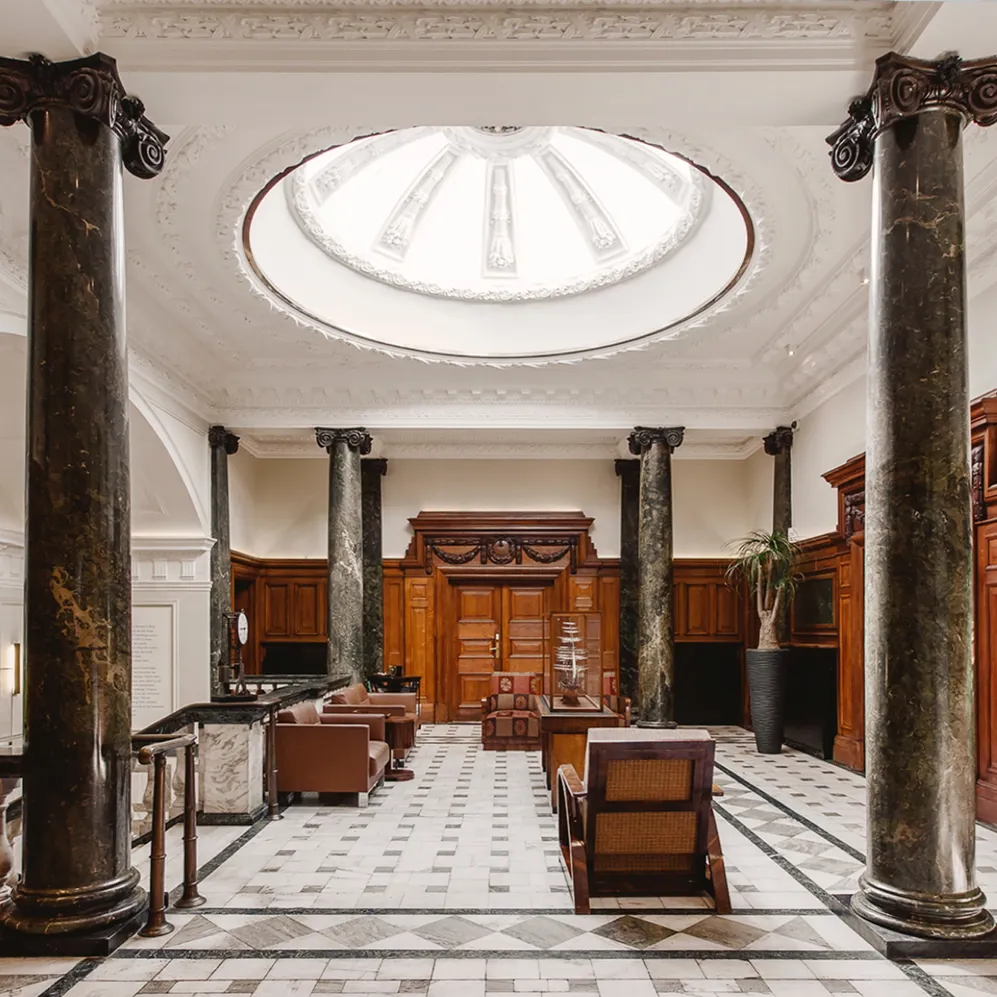
Edwardian lobby at Town Hall Hotel & Apartments
Date 26 September 2019
In the ruins of all that was before lies reason. And so, in order to understand the present, we need to look to the past. The history of the following four hotels strongly dictated the design approach to their restoration and conversion. These span neoclassical monuments in the Belgian capital, wine storage tanks in Greece, and an interwar functionalist building in Sydney.
London United Kingdom
In the East End, the town hall first opened in 1910, and was extended during the 1930s. Its handsome Portland stone façade, a fine example of the baroque Edwardian style, contains a sumptuous interior of green and white marble, polished teak, ornate plasterwork and Art Deco furnishings. The building withstood the bombing which laid waste to much of Bethnal Green during the Second World War, but it did not survive the machinations of local politics in 1980s London. Once the council was absorbed into the larger borough of Tower Hamlets, there was no use for its town hall, leaving the building to fall into disrepair until hotelier Loh Lik Peng—with a penchant for placing luxury hotels in off-the-radar neighborhoods—came to its rescue.
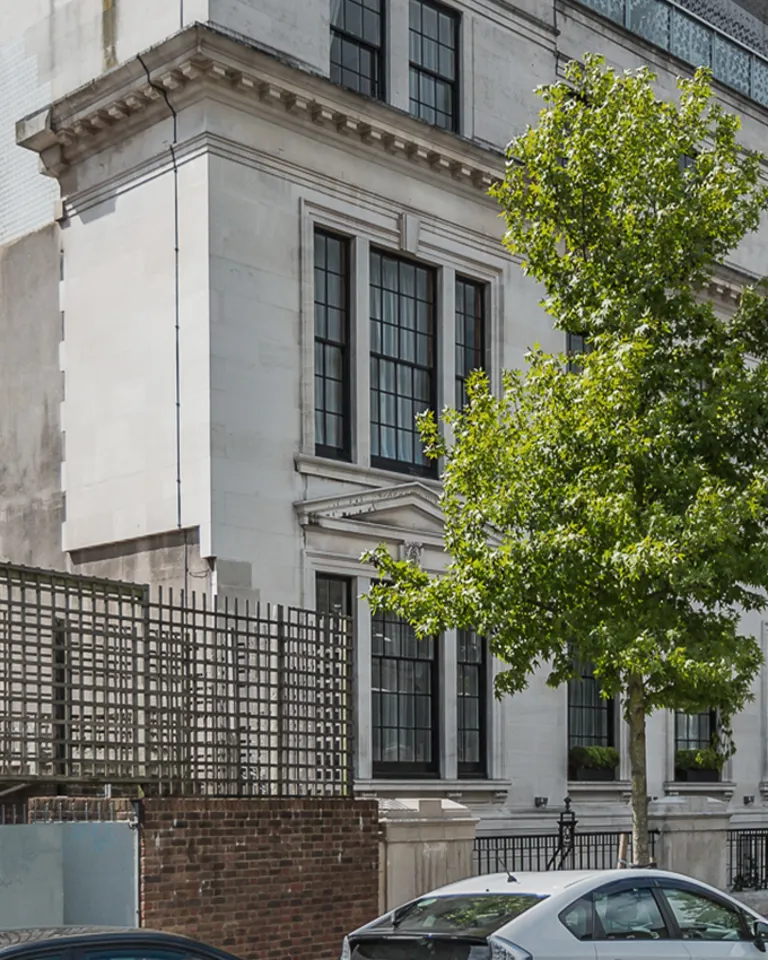
A handsome Edwardian façade
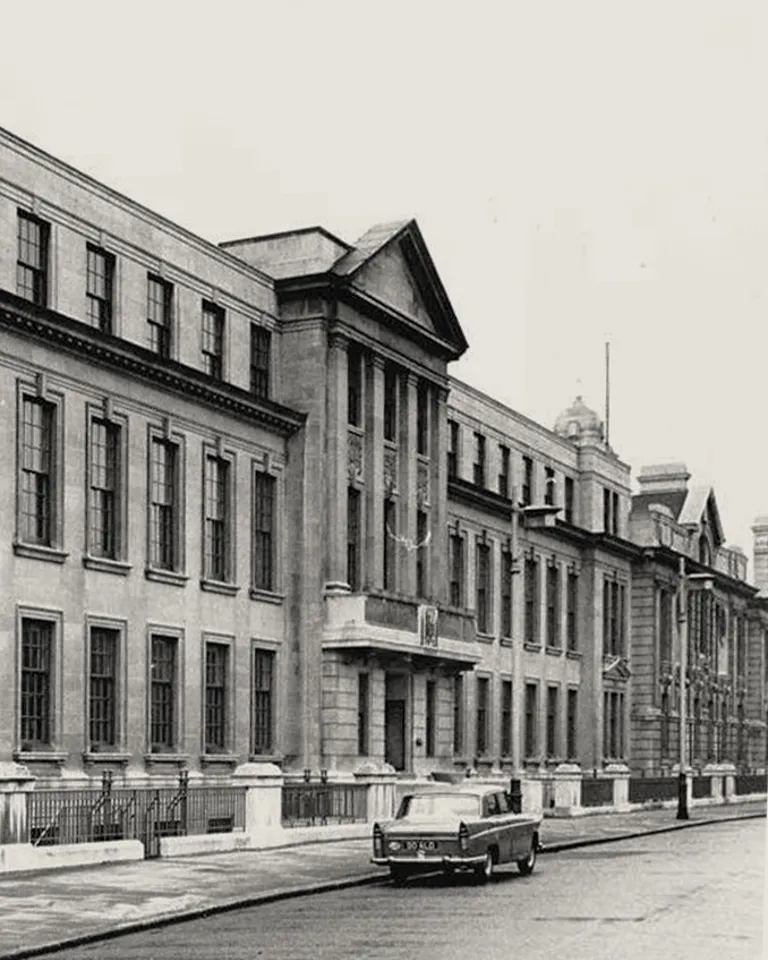
The former Bethnal Green Town Hall
Kourouta Greece
On Greece’s western Peloponnese coast, the original structure that dates back to the early 20th century owes its existence to the collapse of the currant trade. This resulted in the conversion of unsold currants stock into wine and the development of wineries and distilleries throughout the country.
Dexamenes was built on the sea so that the ships could be loaded with wine through a system of piping arrayed along the beach of Kourouta. By the 21st century, the derelict structure had been renovated into a phenomenal hotel by the Athens-based K-Studio where old storage tanks have been converted into breathtaking rooms using a contemporary, industrial palette.
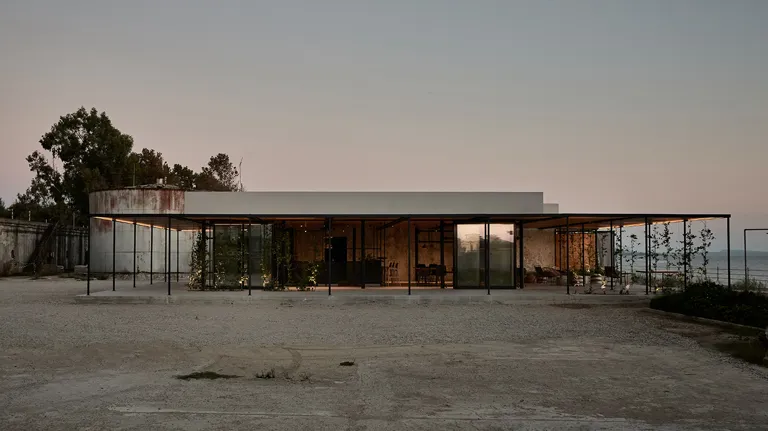
Dexamenes Seaside Hotel exterior
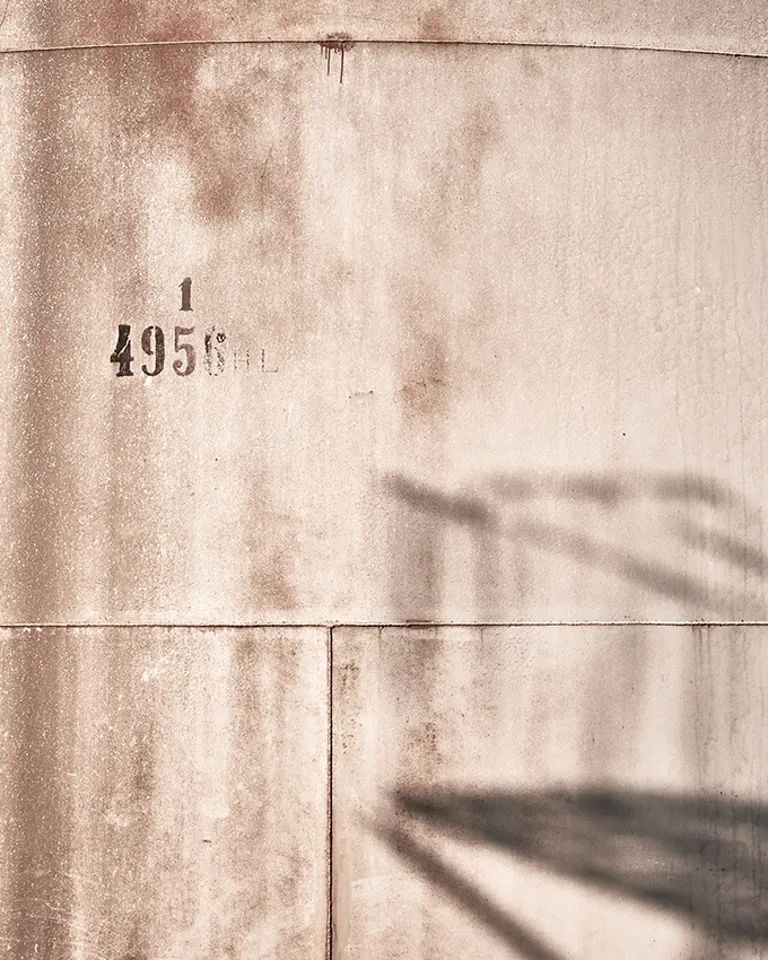
An old wine tank
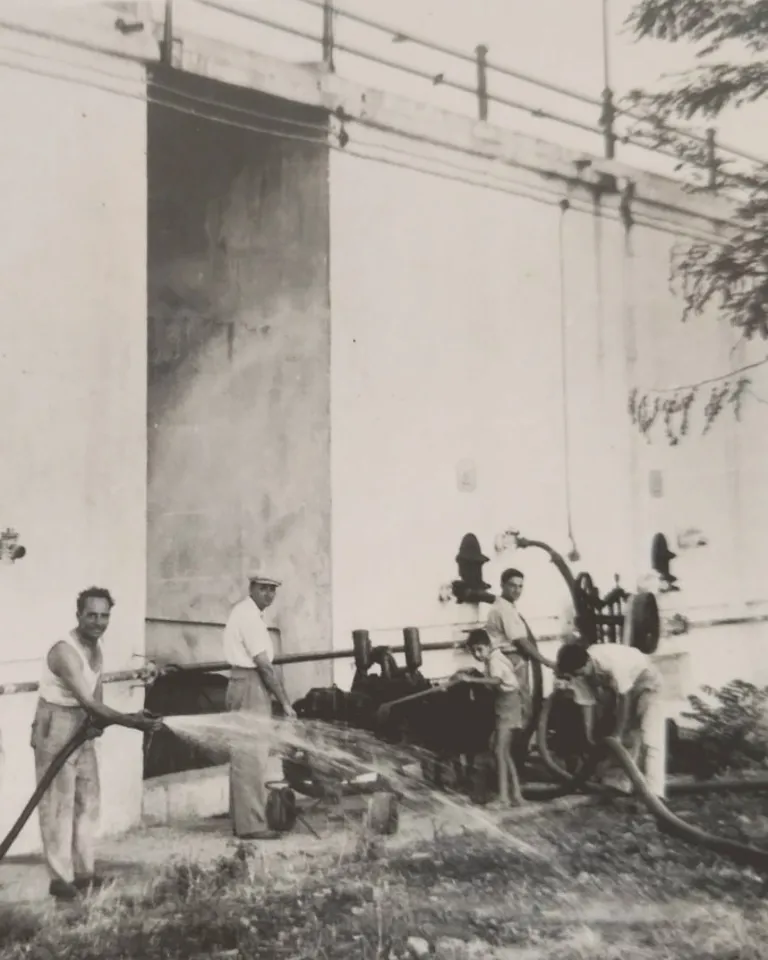
A postwar winery
Sydney Australia
Another stunning hotel by Loh Lik Peng that rests on a piece of land that is rich in history. In 1848, a public house was established here under the moniker The California Inn. By 1885, the original hotel structure had been demolished and property expanded with a new Victorian building known as Ryan’s Hotel. Subsequent incarnations of the corner site include an (undisclosed) shop (nothing mischievous), a hay and corn dealer, a produce store, a furniture dealer, a boot maker, and a restaurant. In 1939, the shop building was demolished during the widening of Parramatta Road to create Broadway Street. When Margaret Moloney bought the site, she hired the then renowned architect Sidney Warden to design a new hotel in the “Inter-war Functionalist style”. Margaret named her new establishment after her birthplace in County Clare, Ireland, and The Clare Hotel was born.
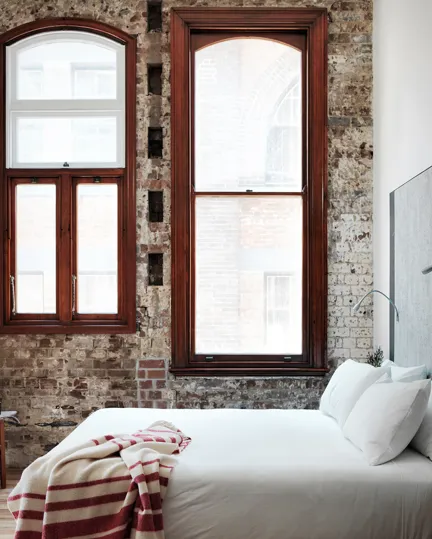
Clare room
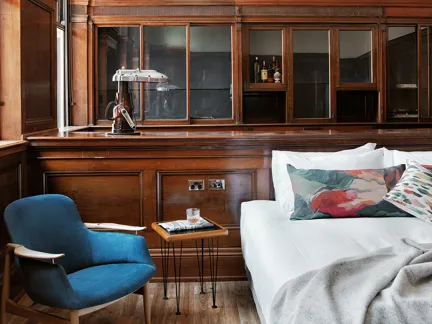
Showroom suite
Singapore
Lastly, this heritage building has a dark and illicit history going back more than a century. It was built as a godown on the bank of the Singapore River in 1895 at the height of the spice trade, and rumor has it that along with spices, opium was sold in many warehouses just like this one. Later on, many of these locations were used as illegal distilleries and became a hotbed for secret societies. Then in the mid-1980s and 1990s, the building became a discotheque and a gathering ground for some very wild parties. Award-winning local agency Asylum sought to redefine the term “industrial” by adding warmth, elegance, and softness to this meticulously restored heritage building.

Warehouses lining Robertson Quay, 1950
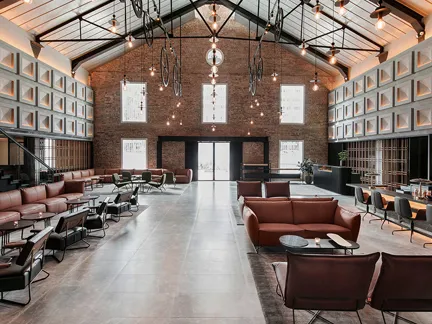
The Warehouse Hotel lobby